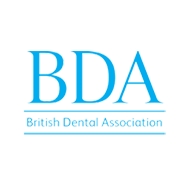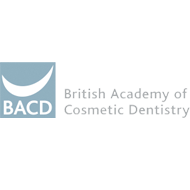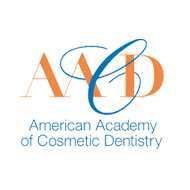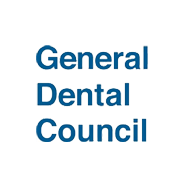Search the A-Z for the meaning of the word or simply to find out more about dental health.
There are currently 13 names in this directory beginning with the letter L.
Labial
The surface nearest or adjoining the lips (the labialis muscles). Hence the labial surface of a tooth refers to the front of the upper and lower incisor teeth. A dentist will use the term when describing [charting] a mouth to identify the position of a cavity or a filling.
Lactic acid
A product resulting from the metabolism of carbohydrate which weakens the surface enamel and causes decay.
Lactobacillus
Bacteria actively involved in the decay process breaking down carbohydrates to form acid which attacks the tooth enamel.
Larynx
The organ which houses the vocal cords. It is at the top of the windpipe [trachea] and is responsible for producing the sounds that enable us to speak.
Leukaemia
A malignant blood condition where the white cells fail to develop properly. The gums become swollen, very inflamed and discoloured with frequent episodes of spontaneous bleeding.
Leukoplakia
A surface thickening of the mucous membranes which has a white appearance and occurs in patches. It is often associated with smoking and can be a pre-cancerous condition.
Lichen Planus
A condition that may affect the lining of the mouth and tongue. It is an inflammatory condition that causes soreness, sensitivity and discomfort. The condition has a variety of appearances. It is commonly seen as a network of fine white lines on the inside of the cheeks, often on a reddish background. Less commonly it can appear as white patches of different sizes and shapes on the tongue or roof of the mouth. Occasionally the gums can be affected, both with white patches and, sometimes, shiny red sore-looking gums.
Ligature
Thread usually made of silk or cotton used to tie off blood vessels or stitch tissues together. It is removed when healing is well advanced. In some instances, a dissolvable material [e.g. catgut] is used to bring the deeper tissues together before the surface tissues are repaired. These deep stitches [sutures] are then left undisturbed.
Lignocaine
A local anaesthetic commonly used in dentistry and often combined with 2% adrenaline to prolong the effect by reducing the blood flow. A dental anaesthetic can last for as long as 3 hours and patients should take great care not to drink very hot fluids or chew on the affected side until the normal sensation has returned. It is very easy to bite the anaesthetised area and cause serious soft tissue damage and ulceration.








